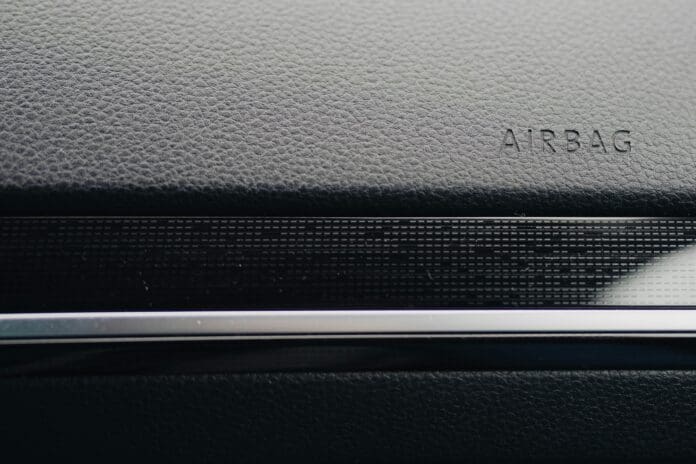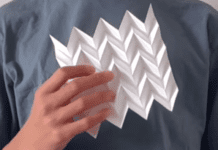This post is also available in:
 עברית (Hebrew)
עברית (Hebrew)
A new 3D-printed metal material designed to twist on impact could pave the way for next-generation crash protection in vehicles and aircraft. The innovation, developed through a collaboration between research teams in Scotland and Italy, uses a precisely engineered internal structure to adapt its response to different types of collisions.
Unlike traditional foams or crumple zones that deform in a fixed manner, this new class of “adaptive twisting metamaterials” can mechanically adjust how they absorb energy. The level of stiffness or cushioning can be tuned depending on the severity of the impact—offering harder resistance in high-speed crashes or softer absorption for lighter impacts.
The material is produced using additive manufacturing, allowing engineers to shape it into a complex gyroid lattice—an intricate, porous structure that enables it to twist in a corkscrew motion when compressed. This twisting motion disperses energy throughout the material, reducing the force transmitted to surrounding structures.
Laboratory testing demonstrated how altering the material’s ability to twist directly affects its performance. When its motion was restricted, the structure provided maximum stiffness, absorbing over 15 joules of energy per gram. When allowed to twist freely, the energy absorption dropped by about 10%. For configurations forced to twist beyond their natural range, absorption decreased by roughly a third.
According to TechXplore, these results suggest that a single piece of the material could deliver a spectrum of protective responses, from rigid shielding to flexible energy damping—potentially replacing multiple types of impact-absorbing components used today.
The researchers also built computational models to predict the behavior of these twisting lattices under different strain rates, validating their findings against detailed micro-CT scans of the printed samples.
Because the design relies purely on mechanical geometry rather than electronics or hydraulics, it could provide a reliable, maintenance-free solution for use in demanding environments such as automotive crash systems or aircraft fuselages. Beyond safety, the same principle could also be used to convert impact forces into rotational energy for future energy-harvesting technologies.
The research was published in the Advanced Materials Journal.


























